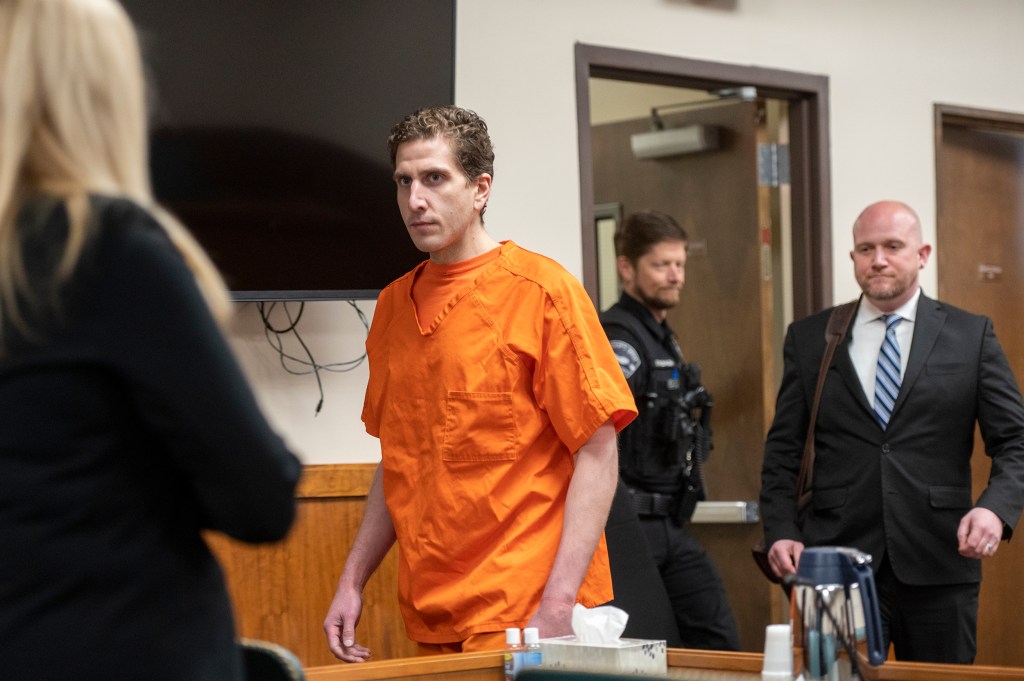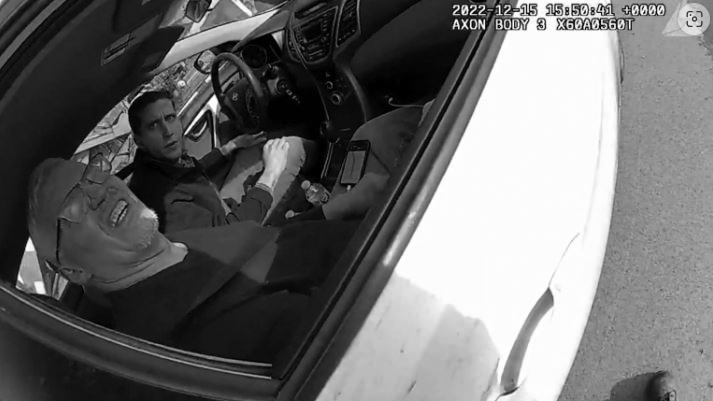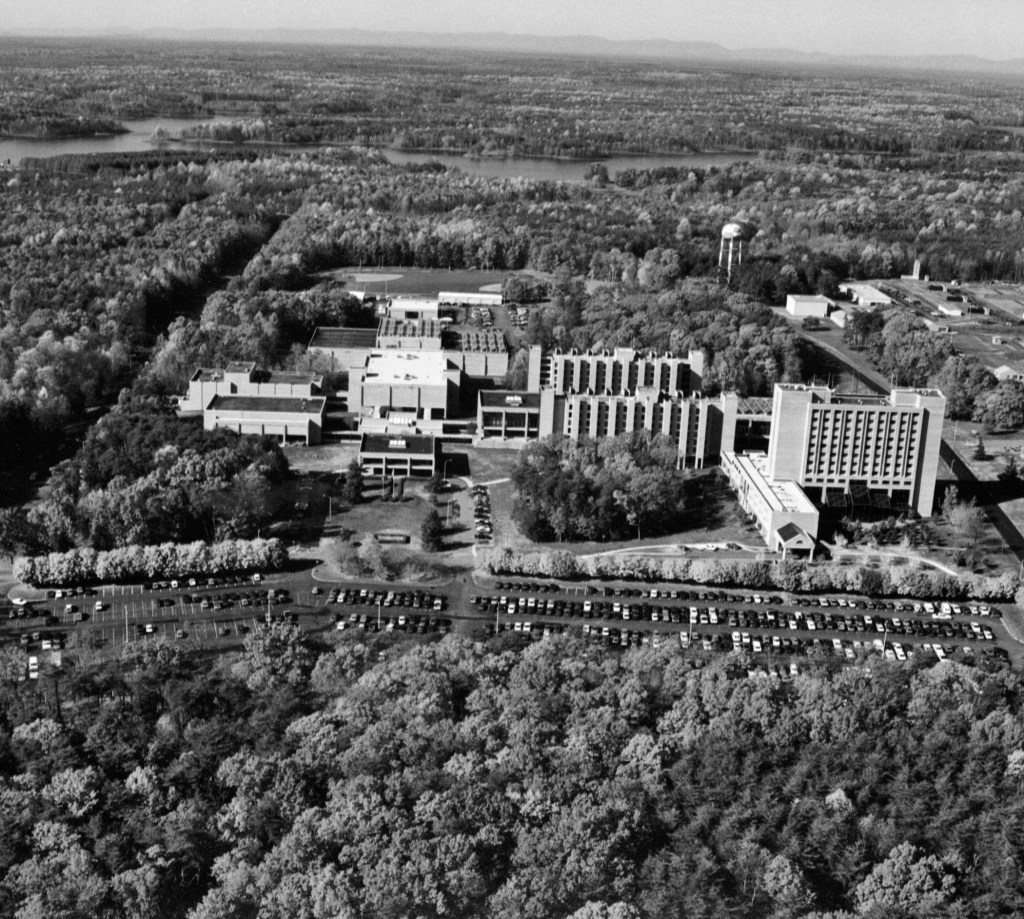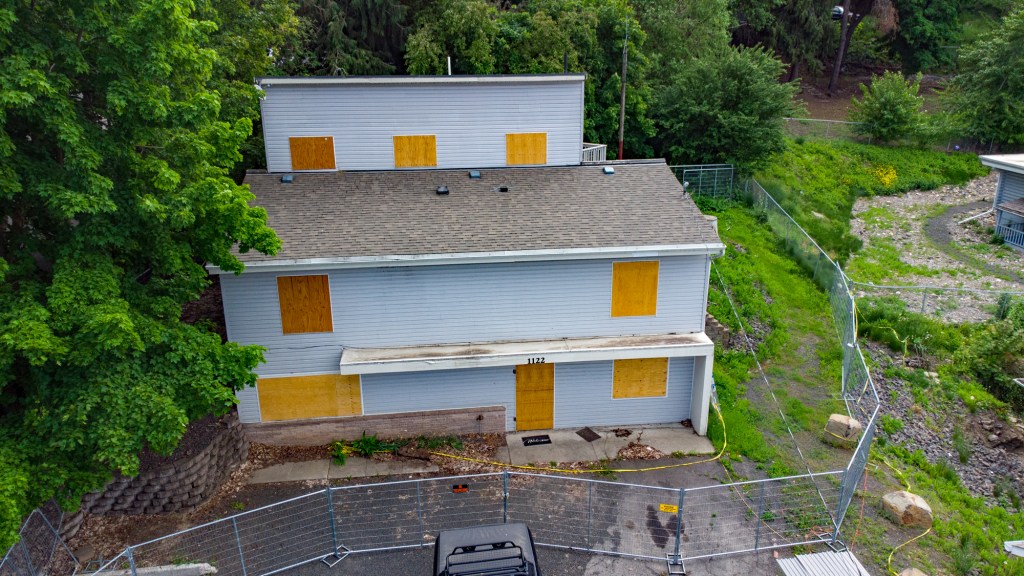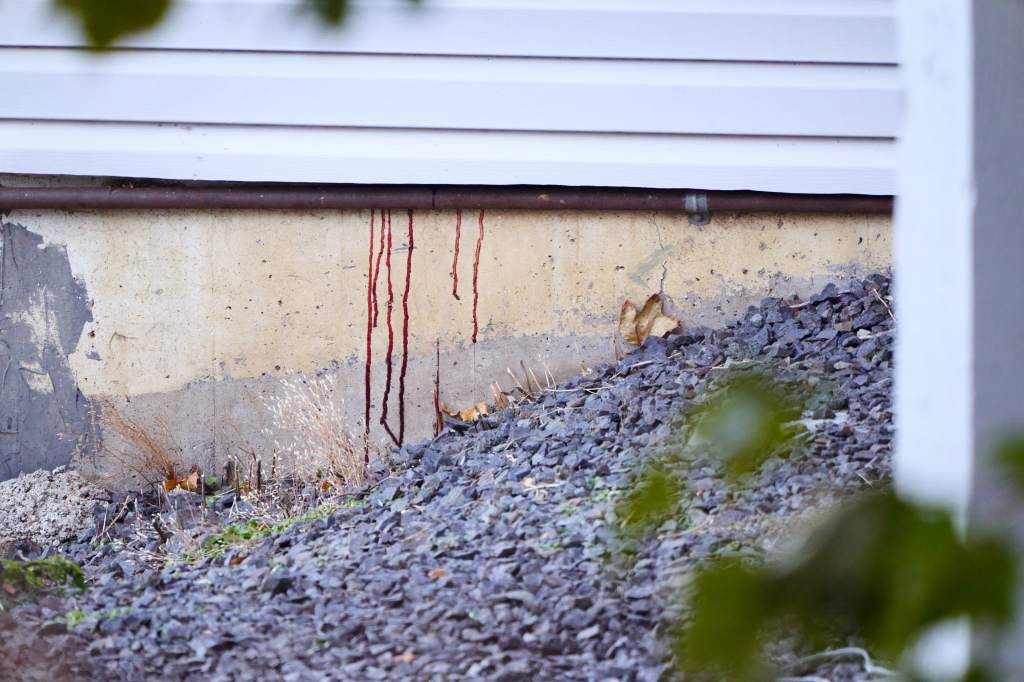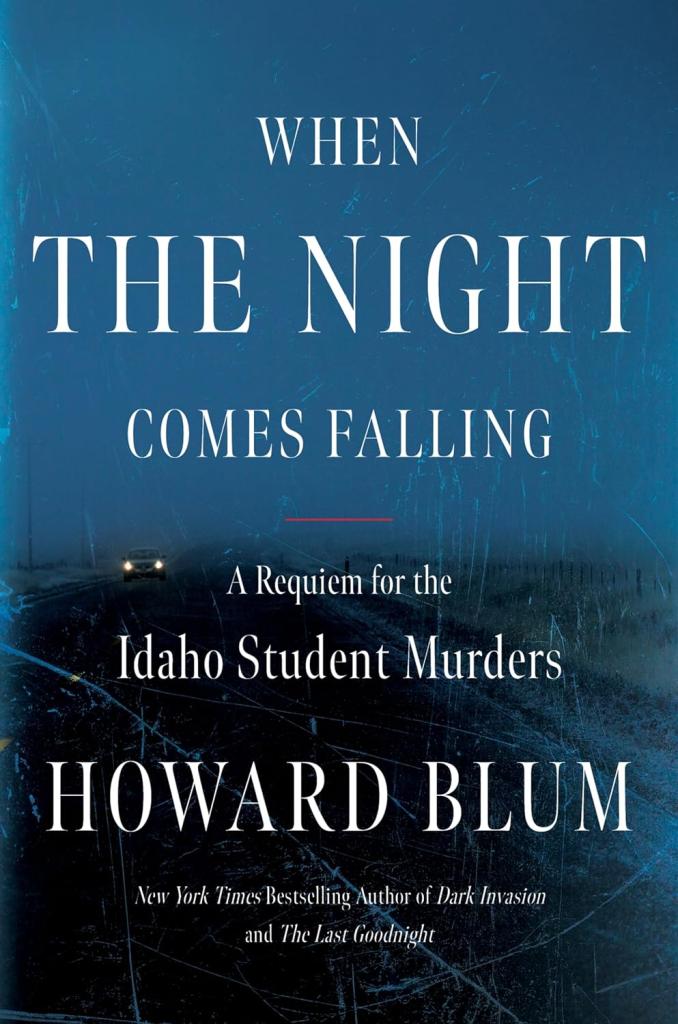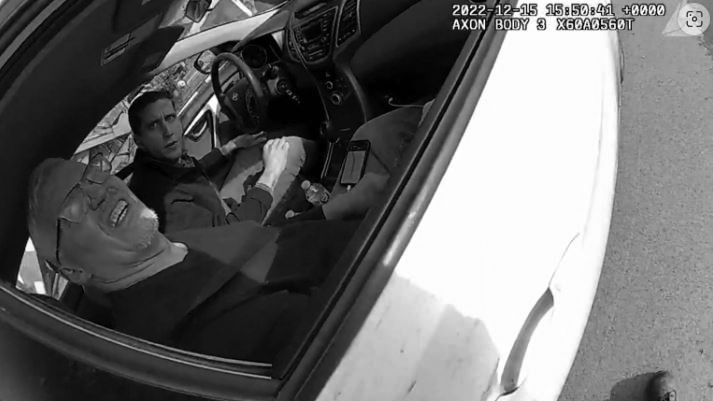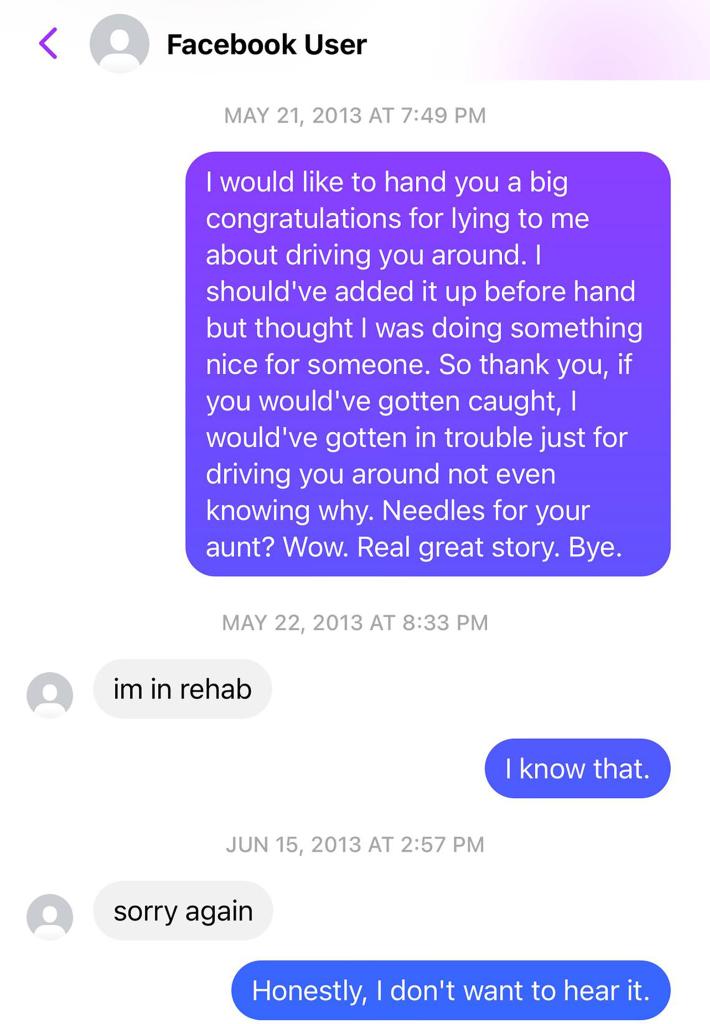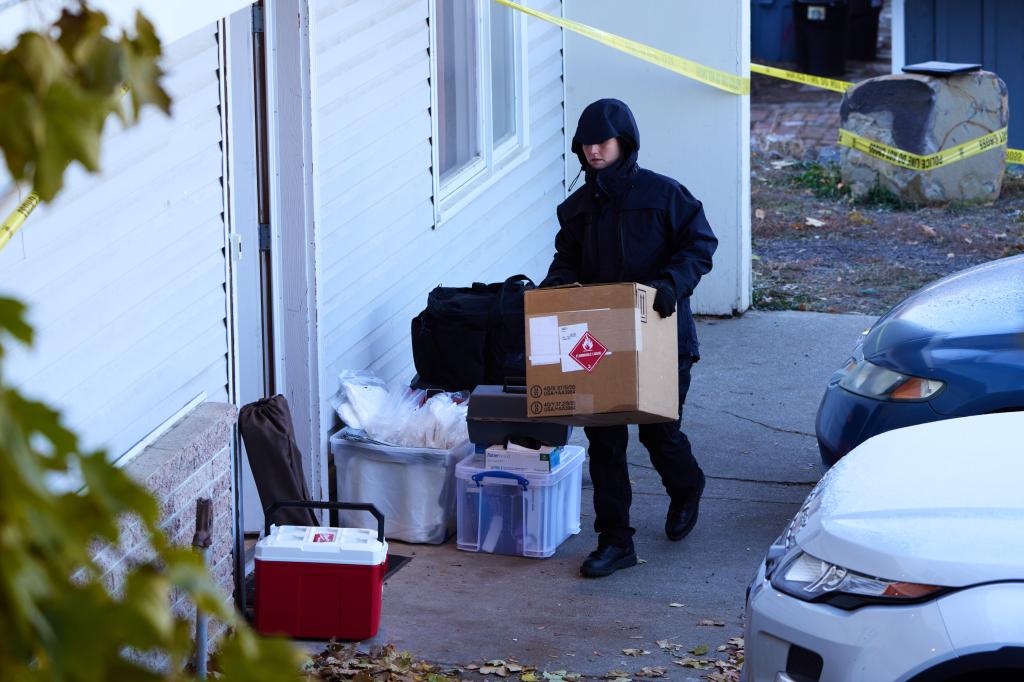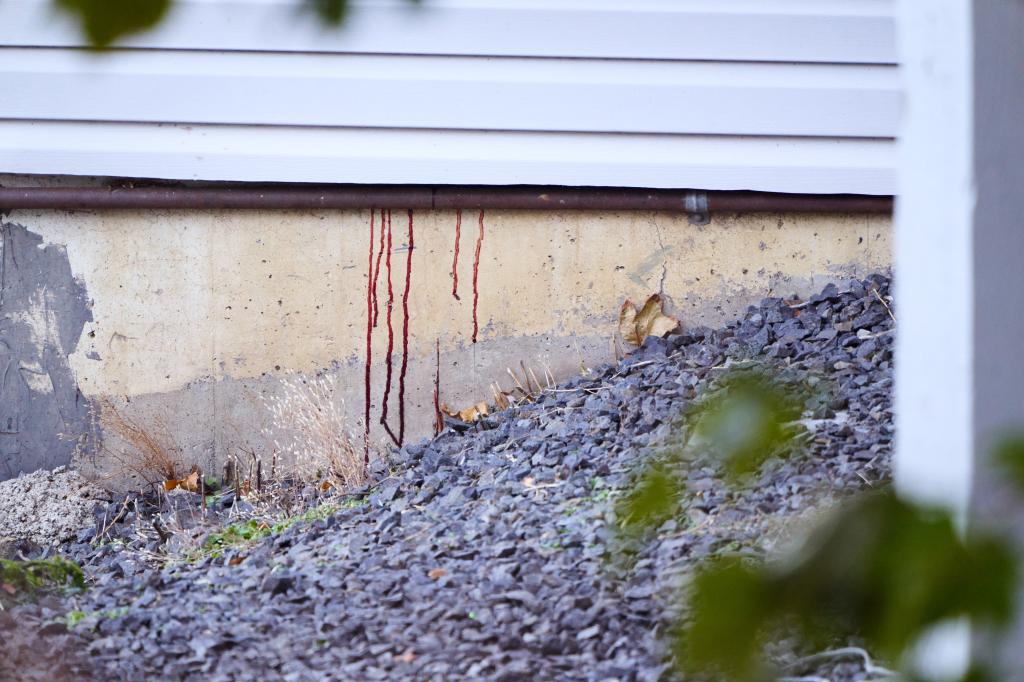How Idaho murder suspect Bryan Kohberger almost eluded capture
On the morning of Nov. 13, 2022, four University of Idaho students were found dead, hacked to death, in their off-campus house. No one understood why, or who was responsible. Then, nearly a month later, the FBI began zeroing in on a suspect: Bryan Kohberger, a 28-year-old graduate student in criminology at a nearby university. Only now Kohberger, accompanied by his father, was driving home to Pennsylvania for the Christmas break. In his new book, “When the Night Comes Falling: A Requiem for the Idaho Student Murders,” author Howard Blum details the false moves that almost derailed Kohberger’s cross-country pursuit and capture.
The FBI surveillance team called it a “hatbox operation,” and the jargon was a bit of an anachronism.
It was a throwback to an era when G-men sporting fedoras over their Brylcreemed hair would be out in force on the street to monitor a target’s every move.
Back then, a sea of hats would box the suspect in.
These days, the watchers have a few more tricks at their disposal — undercover vehicles, surveillance vans, low-flying fixed-wing planes, and that’s just for starters.
But the name has stuck.
And on the morning of Dec. 12, 2022 when Bryan Kohberger, now the chief suspect in the murder of four college students, headed off across country from Pullman, Wash., in his white Hyundai Elantra, his father, Michael, riding shotgun in the front seat, the surveillance plan was hatbox all the way.
The bureau’s commitment to stealth was no less meticulous.
For not only were the agents determined to keep their activity secret from the chief suspect in a quadruple homicide, but they were also set on making sure the local police had no inkling either.
They didn’t want to share that they had a “person of interest” in their sights until they had more evidence.
But by the day’s end, the hatbox operation had turned into a colossal screwup.
In their determination not to tip their hand to the Idaho taskforce, the federal surveillance team had decided not to pick up the Kohbergers until the car got well out of the area.
Only the FBI had misjudged what route the travelers would be taking.
And the white Hyundai, along with its invaluable passengers, had seemingly vanished.
Frantic hours later they found the car in Loma, Colo.
The car was caught on the town’s automated license plate reader.
And with this sighting, the hatbox op was once again underway.
Yet it wasn’t long before the vigilant watchers were, yet again, in danger of losing their suspect.
Lights flashing, an Indiana sheriff had ordered the Kohbergers to the side of the road.
The FBI team was stunned.
Had a sharp-thinking Indiana sheriff connected the white Hyundai to the car the Idaho police had announced they were searching for?
An arrest before the final incriminating pieces had been fitted into the puzzle could jeopardize the case they were building.
There were tactical concerns, too.
Was the suspect armed?
Was the sheriff’s deputy in danger of becoming another victim?
A decision had to be made.
They decided to stand back.
And to their immense relief, they watched as a routine traffic stop played out.
Kohberger was chided for tailgating, and then the car pulled back onto the interstate.
Yet only nine minutes later, an Indiana state trooper, lights flashing, directed the white car to pull over again.
What indeed was going on?
Michael Kohberger wondered, too.
An overwhelming sense of dread, he later told relatives, had been weighing on him since he had flown out a few days earlier from Pennsylvania to accompany his son on the cross-country drive.
He began to suspect that there must be something purposeful guiding the rapid succession of police stops.
Michael braced himself for what would happen next.
“Please get your license and registration,” the trooper barked.
He stood outside the passenger-side window and spoke across Michael as if he weren’t there.
“You were a little too close to the back of the semi,” the trooper continued, his voice now easier.
And after only another warning for tailgating, the trooper wished them a safe trip.
As the car pulled back on the road, the FBI watchers relaxed.
However implausible, the two consecutive traffic stops for tailgating were, they decided, simply what they seemed to be.
Start your day with all you need to know
Morning Report delivers the latest news, videos, photos and more.
Thanks for signing up!
Michael also played back the encounters in his mind.
His son’s emotional temperature hadn’t appeared to have jumped a notch.
Later, he’d wonder to a relative, whether that was the demeanor of someone who had nothing to hide.
Or was it the icy calm of someone incapable of feeling fear?
Major Chris Paris of the Pennsylvania State Police had been handpicked by the FBI to command what would become known as the Great Trash Robbery.
For days, his team from Troop N had been covertly keeping an eye on Bryan Kohberger.
And now, December 27, the bureau gave the green light: they were ordered to steal Kohberger’s garbage.
The hope was that it would contain DNA that precisely matched the DNA recovered from the button of a knife sheath left at the scene of the murders.
It was nearly 4 a.m., and Trooper Brian Noll crept with a furtive concentration as he made his way to the garbage cans outside the Kohberger home.
He reached in, grabbed the two plastic bags, and held them high in the air like trophies.
But then he had a sickening thought: I should have brought bags loaded with garbage to replace the ones I’m taking so Kohberger wouldn’t notice something was up.
What if Kohberger came out to deposit another bag?
But there was nothing he could do, so he clutched his pilfered treasures filled with detritus close to his chest, and made his way through the darkness to a waiting SUV.
The purloined garbage was shipped to a state police crime lab in Meridian, Idaho for analysis.
Only the examination failed.
There was no match to the DNA on the knife sheath.
Had Kohberger, the knowledgeable criminal justice student, made sure any material containing his DNA had not gone in the family’s trash?
Or, had they been zeroing in on the wrong man?
Shaken, the technicians repeated the analysis.
And a startling discovery was made.
The DNA profile obtained from the trash belonged with a conclusive 99.9998% certainty to the father of the man whose DNA was on the knife sheath.
Michael Kohberger had branded his son a suspected killer.
“Dynamic entry” was only used to serve an arrest warrant when the threat matrix was Code Red.
The strategy was to charge in loud and strong, to not just surprise the suspect but to scare the living daylights out of him.
But any cop knew, if the target’s waiting inside ready to shoot, tactics wouldn’t count for much.
At just after midnight on December 30, a Pennsylvania State Police Emergency Response Team (SERT) assembled at the gray, barnlike Troop N barracks in Hazelton.
There were about 24 of them, and they were heavily armed.
The early morning arrest of Bryan Kohberger would be a Code Red op.
When arresting someone accused of butchering four people in cold blood, you didn’t take chances.
The team filled into a couple of specially outfitted Ford E-350 vans for the half-hour ride to Albrightsville.
But as the force approached the rural development dotted with playgrounds and volleyball courts where the Kohbergers lived, the lead van came to a sudden halt.
The entrance to the community was blocked by a pair of white boom gates.
A code had to be entered into a sentry box for the poles to rise.
And none of the heavily armed officers had the code.
A few of the tough-guy SERT team members wanted to plow through, but cooler heads prevailed.
As the force waited impatiently in the vans, a state trooper tracked down an acquaintance in the community, and the entry code was obtained.
It was 1:30 in the morning, and they followed in a tight formation down a curling road until they reached Lamsden Drive.
It was so quiet it seemed as if the cocking of a single rifle would rouse people from their slumber.
The team, however, took their positions without being noticed.
Then all hell broke loose. Windows shattered. Explosive charges boomed.
The SERT team stormed the white clapboard house.
There was no need to fire a shot.
They found Bryan Kohberger in the kitchen.
Despite the hour, he was awake.
He was wearing shorts, a T-shirt, and latex gloves.
He had been scrupulously stuffing his personal trash into Ziploc plastic baggies, still convinced he was smarter than anyone else.
Someone grabbed him by the collar and heaved Kohberger up from his chair.
He seemed stunned as the handcuff were snapped onto his wrists.
The team commander insisted that a protective cordon be assembled around the suspect.
Just a precaution, he explained.
Trembling, handcuffed, surrounded by towering troopers, Bryan Kohberger was led down the driveway to the waiting van.
Excerpted from “When the Night Comes Falling: A Requiem for the Idaho Student Murders,” by Howard Blum, to be published by HarperCollins on June 25.








